White-Nose Syndrome: Bat Biology
This summer Whitney Tracy ’25 and Alyssa Cacace ’26 worked together to study the bat fungal disease White-nose Syndrome, which is believed to have been introduced to North America in 2006/2007 and quickly became a severe threat to our bat populations.
Most of what is known about the disease is based on its interactions with bats that hibernate in caves and mines, and mostly in the eastern U.S. We unfortunately know little about how WNS interacts with species of bats that don’t rely heavily on caves and mines for hibernation, and this is an important question because the fungus has continued to spread westward into new regions with different bat species (many of which do not hibernate exclusively in caves and mines).
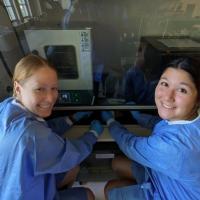
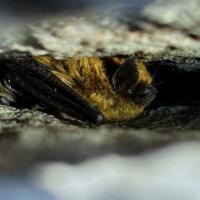
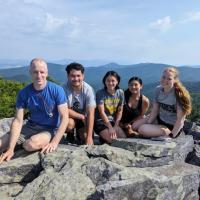
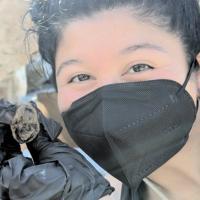
Tracy and Cacace sought to understand the role that rock outcrops may play in WNS disease dynamics. Some bats spend the non-hibernation period roosting in rock crevices, making them important sites where infected bats may recover from the disease, raise their young, and prepare for hibernation. However, these rocky sites presumably also are places where bats shed and spread spores from the fungus to uninfected bats right before they enter hibernation.
The cadets tested for the presence of DNA from the fungus that causes WNS at rocky habitat features in Virginia. They tested different kinds of samples, including swabs of rock crevices that were known to have been used by bats, swabs of randomly selected rock-crevices, swabs taken from bat skin and fur surfaces, and bat guano pellets found within rock crevices. Additionally, because positive DNA samples might not necessarily represent live fungus, they cultured positive samples to determine if they represented viable pathogen.
Tracy and Cacace’s work is being used to inform agencies that make wildlife management decisions, such as the Virginia Department of Wildlife Resources and U.S. Fish and Wildlife Service. Once finished, their work will be submitted as a manuscript to a professional scientific journal. Both cadets plan to continue with the project – Tracy will be writing up the work as part of her honors thesis this year, and Cacace will expand the project by sampling at winter roost sites, as part of an independent study.
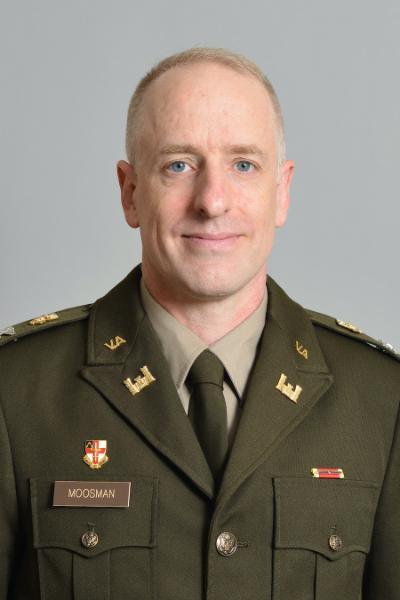
Col. Paul R. Moosman, Jr. '98, Ph.D.
Professor, VMI Biology
Specialty: Field Biology
Research: Ecology and Conservation
"I teach courses ranging from introductory biology to upper level courses such as ecology, vertebrate biology, biostatistics, environmental issues, and tropical marine biology. Many of my upper-level courses have a strong experiential/field component to provide hands-on learning opportunities and encourage a deeper level of understanding."
.svg)
.png)